Arguably the most influential figure in the development of modern art, Pablo Picasso was the son of an obscure academic painter. The Ruiz family (Picasso used his mother’s surname) moved frequently, and the young Pablo had only sporadic formal training. In 1904, he settled in Paris and established a circle of painters, poets, and bohemians. His early Blue and Rose Periods are distinguished by their color palettes and by their subjects (the melancholy poor and circus performers, respectively).
In 1906 and 1907, he undertook an analytical style that developed into Cubism. Picasso and his friend Georges Braque reduced their figurative scenes (primarily café scenes and still lifes) to a network of geometric marks — and thereby interrogated the grammar of pictorial representation. Picasso pulled back from total abstraction, however, and in the 1920s and 1930s experimented with a more classical style, as well as the distorted, dreamlike forms and mythological subjects of Surrealism.
Throughout his career, he depicted his various wives and mistresses in aggressively fragmented portraits. In later life, he reworked the masterpieces of French and Spanish art history in his own style. He continued to work prolifically (in drawing, printmaking, sculpture, and ceramics as well as painting) until his death at age 91.
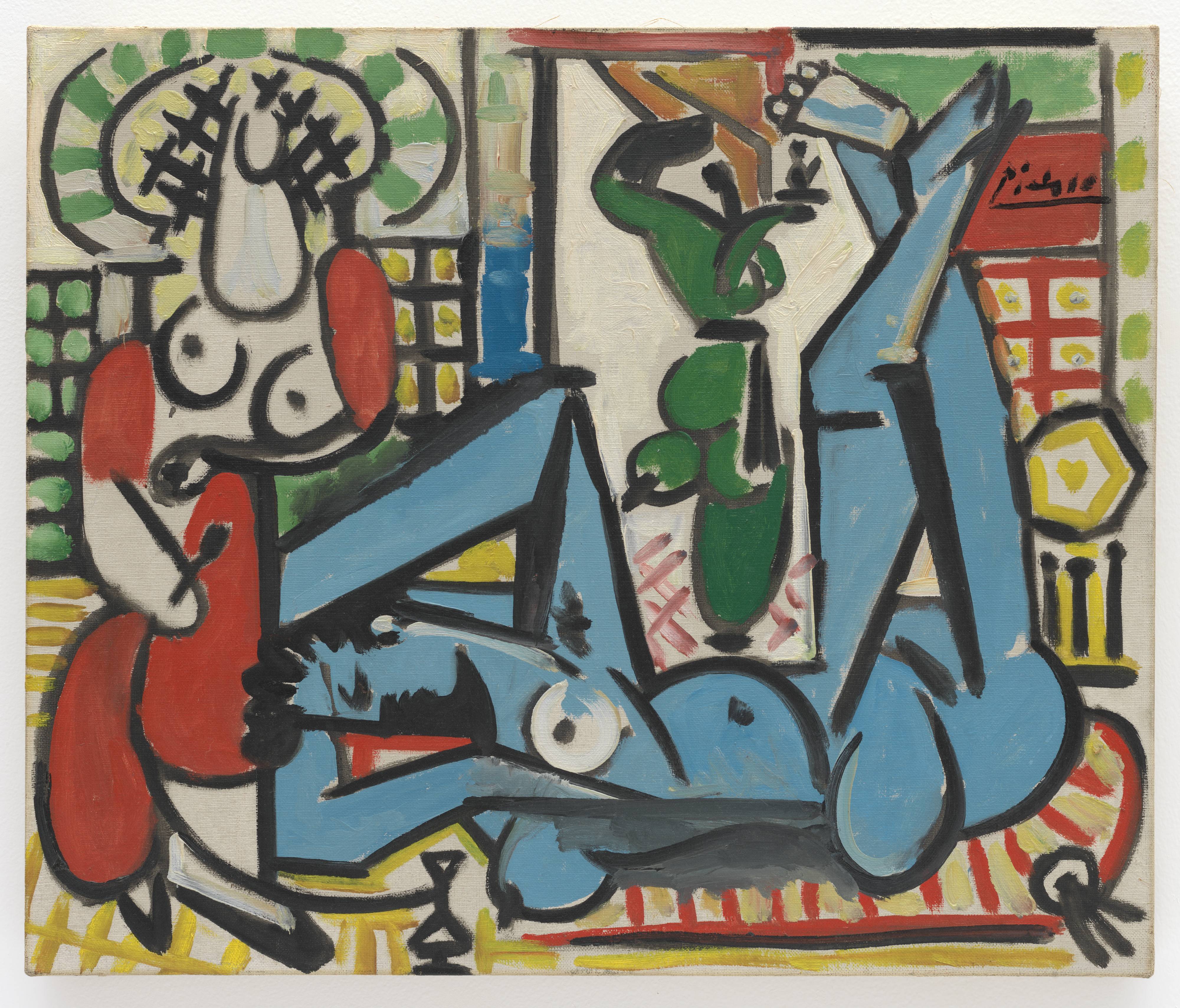 Pablo PicassoLes femmes d'Alger (Women of Algiers)1955
Pablo PicassoLes femmes d'Alger (Women of Algiers)1955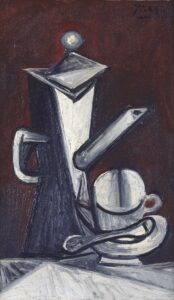 Pablo PicassoNature morte "la cafetière" (Still Life "The Coffee Pot")1944
Pablo PicassoNature morte "la cafetière" (Still Life "The Coffee Pot")1944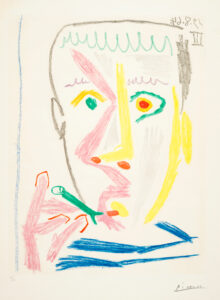 Pablo PicassoFumeur (Smoker)1964
Pablo PicassoFumeur (Smoker)1964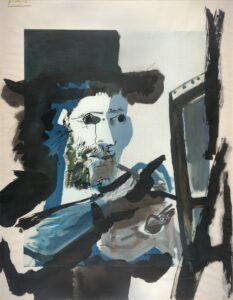 Pablo PicassoLe Peintre (The Painter)1964
Pablo PicassoLe Peintre (The Painter)1964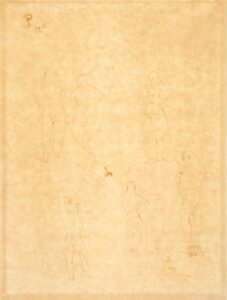 Pablo PicassoUntitled1906
Pablo PicassoUntitled1906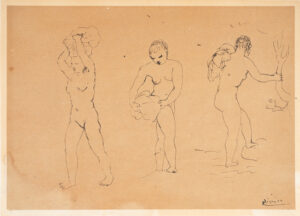 Pablo PicassoUntitled (Bathers)1905–1906
Pablo PicassoUntitled (Bathers)1905–1906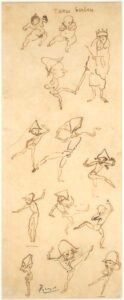 Pablo PicassoDanse barbare (Barbarian Dance)ca. 1905–1906
Pablo PicassoDanse barbare (Barbarian Dance)ca. 1905–1906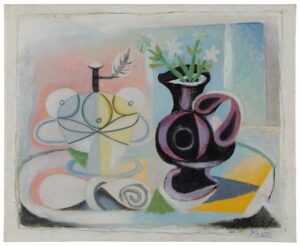 Pablo PicassoLa Cruche fleurie (Jug of Flowers)1937
Pablo PicassoLa Cruche fleurie (Jug of Flowers)1937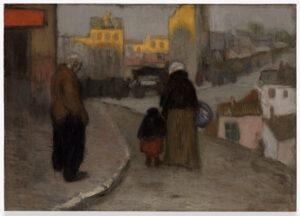 Pablo PicassoScène de rue (Street Scene)1900
Pablo PicassoScène de rue (Street Scene)1900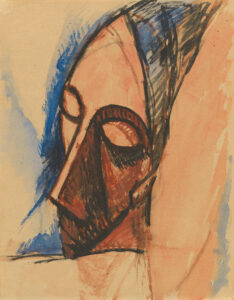 Pablo PicassoTête de trois quarts (Head in Three-Quarter View)1907
Pablo PicassoTête de trois quarts (Head in Three-Quarter View)1907